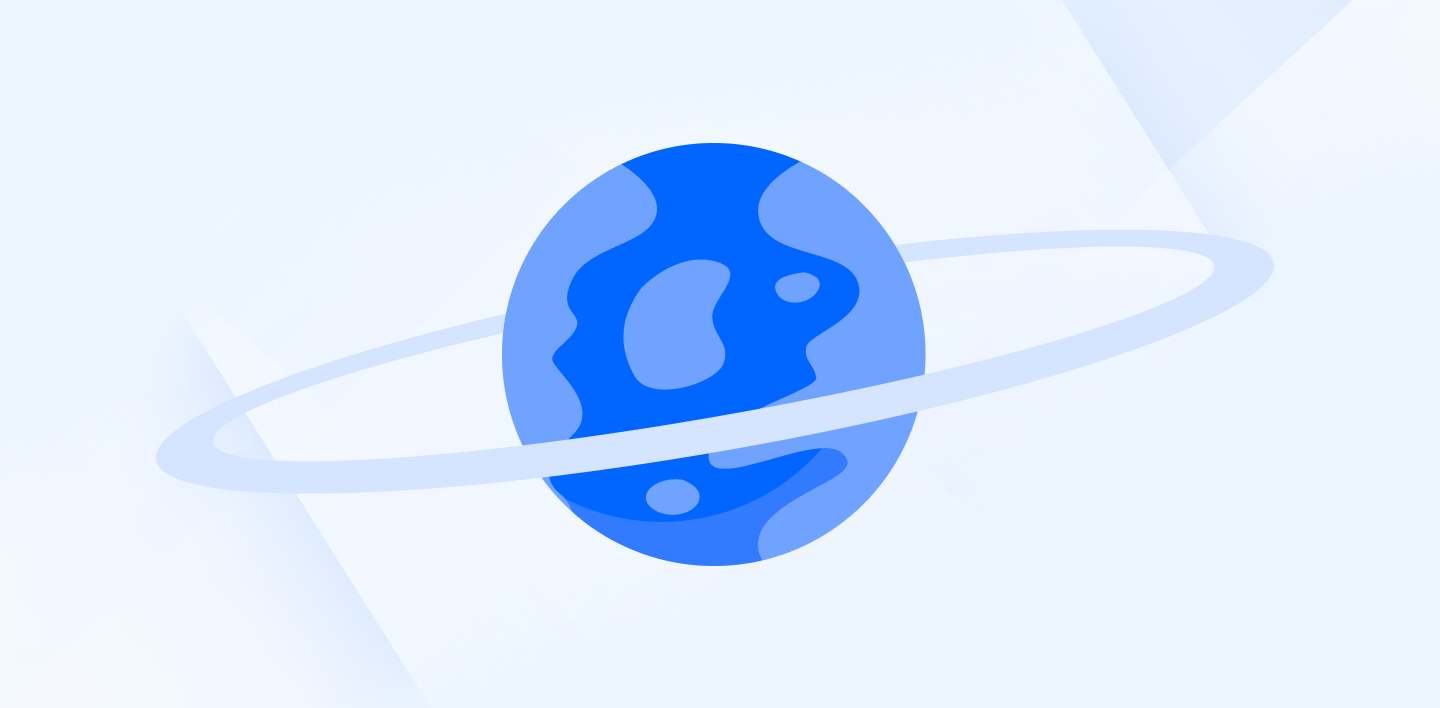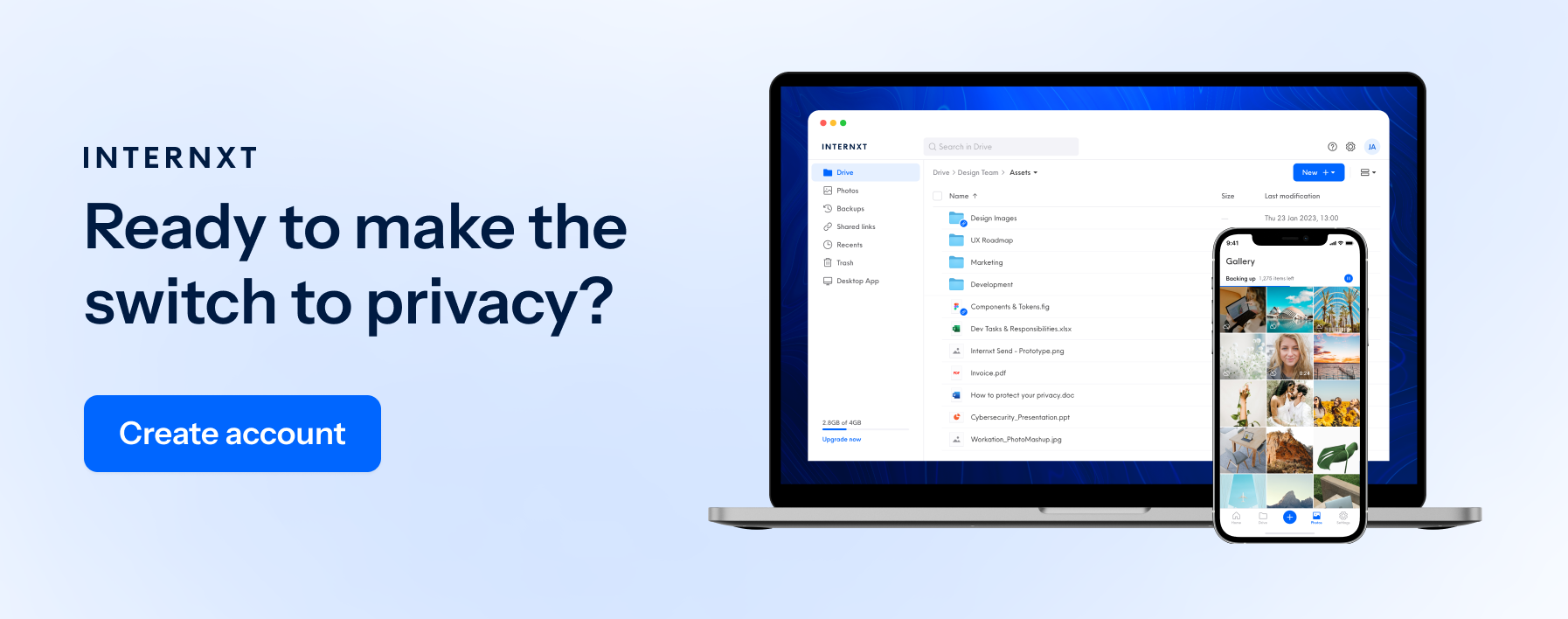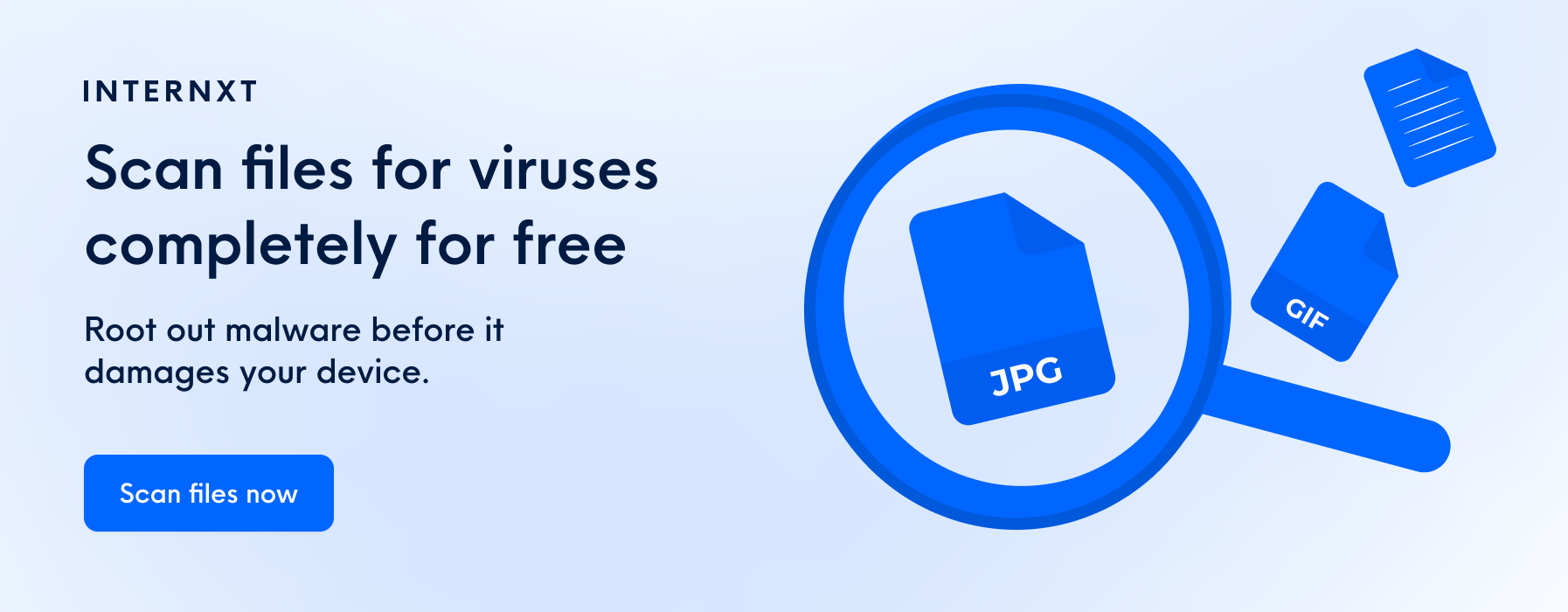What is Web3 Technology: A Promising New Internet or a Naive Pipe Dream?

What the heck is Web3 and why is everyone and their mother talking about it?
In short, Web3 is a decentralized web-based on blockchain technology. What that means, how Web3 actually functions, and what it means for the future of the internet is a bit more complicated…
To understand what makes Web3 so special and so different, we first need to understand why it's called “Web3” and what came online before it.
Web3 Meaning: The History of the Web
Web3 is a stylized, shorter version of the term Web 3.0. Basically, it’s the third version of the internet. The first version was Web 1.0 and we’re currently using Web 2.0.
Web1: The Read-Only Web
The first version of the world-wide-web existed from 1991 to 2004. Web 1.0 was dominated by static content instead of the more recognizable dynamic HTML of today. Information was served up from a static file system rather than a database. Websites had very little interactivity (if any at all).
Almost everything was produced by developers and there was very little user-created content apart from a few very simple blogs. Information was simply placed online in mostly text or image format, and that is why Web 1.0 is generally referred to as the “read-only web”.
If you would like a stellar example of a Web 1.0 page, check out Space Jam’s original page posted in 1996 that's somehow still online.
Web2: The Social Web
Web2 is the web we all know and use today. It is highly interactive and social, hence why it's often called the “social web”.
You no longer have to be a developer or own a website to participate in the creation process. Users use platforms, often built and maintained by large companies to post their own content. Think Facebook, Twitter, Yelp!, Quora, Wix, Appy Pie Website, etc.
Many of these platforms and services are free to the user, so in order to maintain sites and build organic growth companies create revenue through advertising and the sale of user data.

The life cycle of a modern online application begins with a company launching its app, usually with the help of venture capital. Then it onboards as many users as possible and once it grows to a respectable size, the company begins to monetize its base of users.
Because of this model and how the web is currently engineered to function, exploitation and centralization of user data is core to how we use and operate the internet to this very day.
Basically, every time you use the internet you must trade data to use an app or service. There are very few ways to sound this.
Think about it, even our online identity that we use to access everything is provided by a tech giant who is in turn selling personal data to advertisers or whoever’s buying to turn a profit.
And this is where Web3 hopes to step in…
Web3: The Decentralized Web
Web3 is the next phase of the internet's evolution. Web3 is more than just an engineering solution, it’s also a new philosophy.
Web3 is called the “decentralized web” because its aim is to wrestle control of the internet away from Big Tech and distribute access and agency to individual users.
Web3 hopes to be a trustless, verifiable, and self-governing internet that doesn’t require user data to function and distribute power evenly with the help of native built-in payments.

That's a pretty thought and all, but how will Web3 do this and what was that about native payments?
How Web3 Works
Web3 operates on no single service or database. It will be an internet, essentially, without servers. Applications run on either/or a combination of some blockchain or a decentralized network of peer-to-peer nodes.
Rather than a large company running a server farm, network participants (developers and some users) are incentivized to provide high-quality services to one another. The financial incentive to help run services comes in the form of tokens. These can be earned by anyone creating, governing, contributing to, or improving a Web3 service or project.
Consumers of the service will usually have to pay (likely with tokens earned by participating) to use the provided protocols. As opposed to the “free” model today, but without the privacy nightmare of offering up their data.
Web 3.0 requires a different business model, one that’s less “free'' to the user but more ethical and doesn’t treat the user as a commodity. Web3 dismisses data trading and is instead all about providing a quality service and transparency.
Hence why Internxt recently minted its virtual tokens and works directly with end-users. Internxt is one example of how a company might be built for Web3 and what services may one day look like on the new world-wide-web.
Internxt has also launched a free online virus scan service, so you can analyze your files and root out invasive malware. They also have a free password checker to make sure you have a strong password.

Ultimately, the name of the Web3 game is decentralization. The goal is to eliminate intermediaries (middlemen) connecting users and developers directly to one another.
Much like how Bitcoin decentralized money away from banks and traditional currency, Web3 aims to do that with all services and applications hosted online.
The Future World of Web3
Web 3.0 strives to lock the web open once and for all.
To make systems talk to each other and be easily accessible. Make everything transparent and verifiable backed by the economic model and incentives of blockchain technology. Web 3.0 will make commodities out of storage, systems, web services and allow programs to run long after the developer is no longer around.
With luck, Web 3.0 will wrestle control out of the hands of large corporations and distribute control to all corners of the internet. Web 3.0can (and hopefully will) be the new-age Magna Carta and virtual Bill of Rights, all rolled into one.
Web3 may finally let us have our internet and eat it too!

